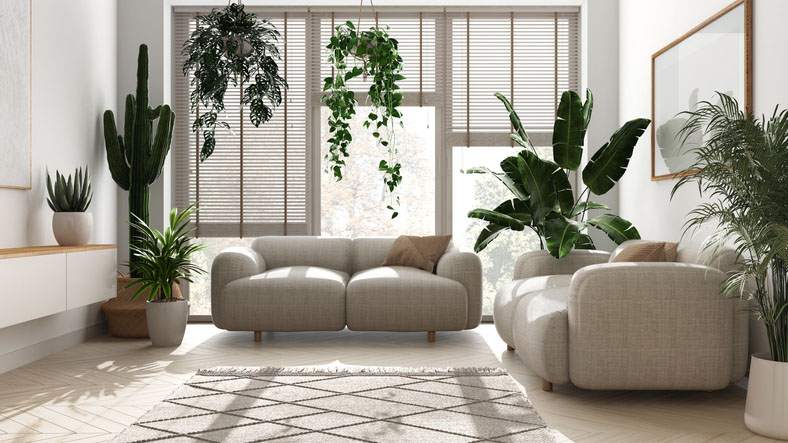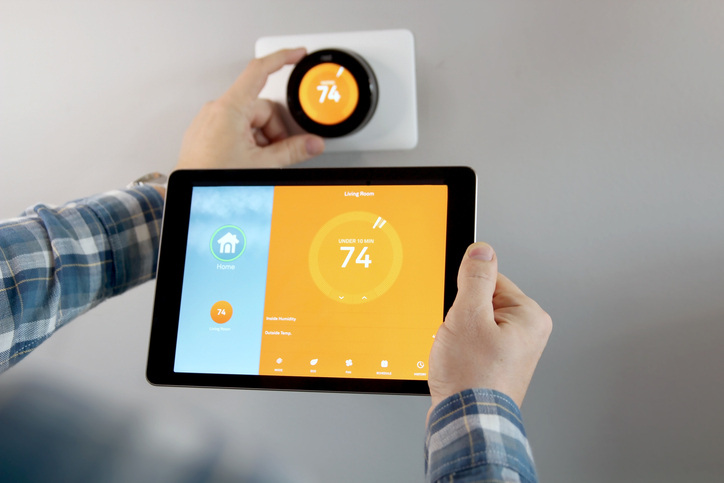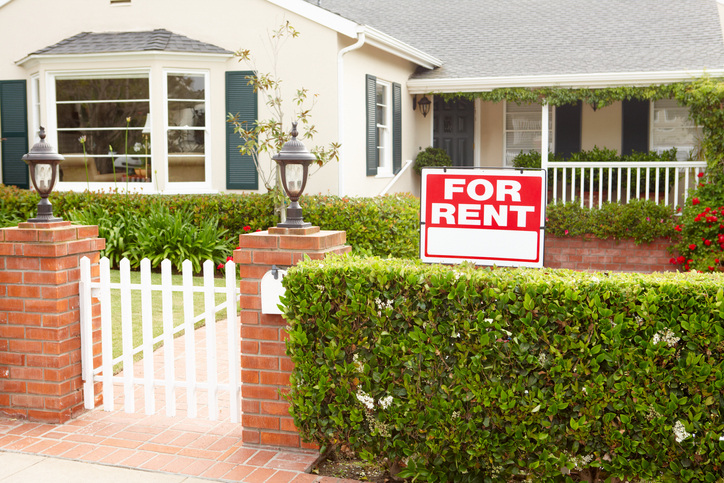Rental Property Design Trends: A Collaboration Between Style & Function

GUEST CONTRIBUTOR:
Diana Zaharie | Marketing & Communications Specialist | RentCafe
diana.rentcafe@yardi.com | www.rentcafe.com
Design trends shape tenant experiences, transforming rental properties to blend form and function for a diverse range of renters.
When it comes to the look and feel of a rental property, design trends play an important role in shaping the experiences of tenants. Interior design trends are constantly changing, being a testament to the evolving preferences and needs of renters. A rental apartment or single-family rental property is now more than just a place to live; it is a place where every person can express their own preferences, and one that they can decorate to fit their lifestyle and their aesthetic.
This article explores different design trends, analyzing how they can change a rental property. These design trends not only cater to the aesthetic desires of tenants but also address practical aspects of modern living, creating a unique blend of form and function that resonates with a diverse range of renters.
The Minimalism Movement
Minimalism has emerged as more than just a design trend; it's a reflection of the modern renter's desire for simplicity and efficiency. Clean lines, neutral colors, and clutter-free spaces are hallmarks of this style. This approach to design is particularly appealing in rental properties, where space is often at a premium.
The minimalist trend extends beyond mere aesthetics, emphasizing smart use of space with multi-functional furniture and strategic layout plans. This trend resonates with renters who appreciate both the visual appeal of simplicity and the practicality of well-organized spaces.
Biophilic Design: Nature's Embrace
The concept of biophilic design has been warmly embraced in rental properties, bringing elements of nature into urban living spaces. This trend involves more than just the beauty of a space, offering psychological and health benefits by forging a connection to the natural world.
The addition of plants, natural light, and organic materials like wood and stone enhances the ambiance of rental spaces. Such design choices are particularly beneficial in urban settings, where natural elements can be scarce. This trend speaks to a growing desire among renters to experience a sense of nature within their living spaces, fostering a calm and rejuvenating environment.
Smart Homes and Technological Advancements
The integration of smart home technology has revolutionized rental properties, making life more convenient for tenants. Features like automated lighting, intelligent thermostats, and advanced security systems are increasingly common. This trend reflects the modern renter's preference for technology-driven solutions that enhance living experiences.
Smart technology is not just about convenience; it also aligns with a growing awareness of energy efficiency and environmental responsibility, which are peak concerns especially for younger renters such as Gen Zs. Renters are drawn to these features for their ability to simplify daily tasks and reduce energy consumption.
Sustainable Living and Eco-Friendly Materials
Eco-friendliness has become a significant consideration for renters, influencing the materials and practices used in rental properties. Sustainable choices like bamboo flooring and recycled materials are gaining popularity, reflecting a broader societal shift towards environmental consciousness.
These materials are not only aesthetically pleasing but also represent a commitment to sustainability that appeals to environmentally aware renters. This trend is a response to the increasing demand for living spaces that minimize environmental impact while providing modern comfort and style.
The Versatility of Multifunctional Spaces
The rise of multifunctional spaces in rental properties is a direct response to the changing lifestyles of renters. The need for versatile living spaces that can accommodate remote work, leisure, and social activities has become more pronounced.
Designers are thus creating spaces with adaptable furniture and flexible layouts that can easily transition between different functions. This trend is particularly relevant in urban areas, where rental apartments have a smaller square footage, on average, and renters seek efficient ways to maximize their living areas.
The Role of Color and Texture in Personalization
The incorporation of bold color accents and a variety of textures is a trend that allows renters to personalize their spaces. While neutral tones continue to be popular, splashes of color and diverse textures add depth and personality to rental properties. These design choices enable renters to infuse their individuality into their living spaces, creating environments that are both inviting and reflective of their personal tastes. This trend demonstrates a growing desire among renters to make their temporary homes feel uniquely theirs.
Conclusion
The current trends in rental property design reflect a deep understanding of the modern renter's preferences. Among the most popular interior design trends, minimalism and biophilic design are shaping rental spaces that are both aesthetically pleasing and functionally apt. These trends, including smart home technology, sustainable materials, and multifunctional furniture and layouts, demonstrate a harmonious collaboration between style and function, meeting the diverse needs of renters.
As these trends continue to evolve, they will undoubtedly influence the future of rental property design, constantly adapting to the changing lifestyles and preferences of tenants. And as each renter has their own preference, it is likely that easily customizable design styles will also become more popular and reliable for rental properties.
GUEST CONTRIBUTOR:
Diana Zaharie
Marketing & Communications Specialist | RentCafe
diana.rentcafe@yardi.com | www.rentcafe.com
RentCafe.com is a nationwide apartment search website and a part of Yardi. Our original city-based research, insights, and in-depth analysis of the real estate market have been used in stories featured on major media publications across the U.S.


